Tennis in the British Isles
Tennis through the Centauries
All sorts of games, with balls of various shapes and sizes, have been played for centuries, originally as handball.
But Tennis – or Real Tennis as it is now more generally known – dates back to the 13th Century:
13th Century
The first reference to Tennis being played (with the hand) in the British Isles was during the reign of Alexander III in Scotland (1249-86).
14th Century
Edward III’s son built a court at Dublin Castle in 1361.
15th Century
Around 50 courts built, including the first purpose-built enclosed court. Courts in Scotland linked to James I (Perth), James II (Aberdeen) and James IV (Stirling Castle).
First mention of court next to Ironmongers’ Hall in Fenchurch Street and open masonry court at Winchester Palace in Southwark. Henry VII built courts at the Palace of Westminster, at Windsor Castle, Richmond Palace, Kenilworth Castle and Greenwich Palace as well as courts at Woodstock, Woking and Wycombe. First mention of a court in Oxford, probably attached to an inn.
16th Century
Over 100 courts built. Cardinal Wolsey built the first court at Hampton Court Palace and Henry VIII built a new court there modelled on the large covered court at Whitehall Palace; Henry VIII also built courts at Bridewell Palace and possibly at Petworth House.
James V built courts at Holyrood House and Falkland Palace in Scotland. The Dukes of Norfolk built courts at Norwich Castle, Kenninghall and Charterhouse in London. The court at St Lawrence Pountney in the City of London was attached to an inn. Other courts were built in both Oxford and Cambridge.
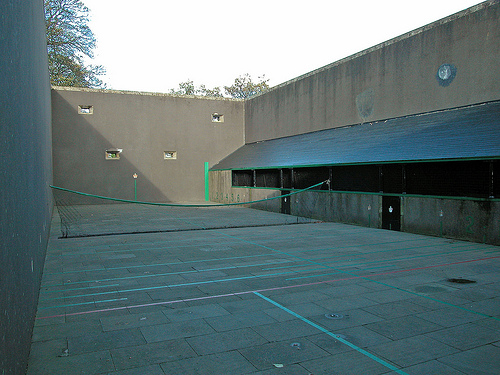
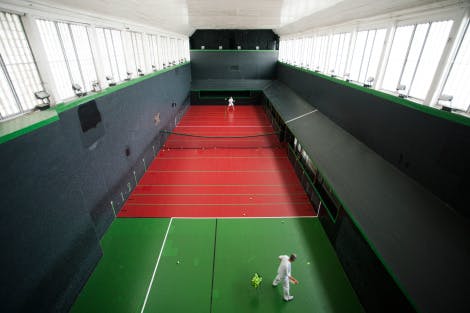
17th Century
About 75 courts built, with Royal new or replacement courts built at Somerset House, Newmarket Palace, Richmond Palace, St James’s Place, Holyrood House and Hampton Court Palace.
Many courts built in London, mostly attached to inns. After the Civil War, the Puritans frowned on Tennis but on the Restoration of the Monarchy, Charles II built a new court at Whitehall and a replacement court at Windsor Castle. The first and second courts in James Street, Haymarket, were built.
18th Century
70 courts built. Many courts built around the British Isles, in Bath, Birmingham, Bristol and Liverpool, as well as in London.
Courts built at Goodwood House and, encouraged by Royal patronage, at Langley Park, Woburn Abbey, Crawley Court and Brighton Pavilion. Court (said to be the best in Europe) built on Lazer’s Hill in Dublin (paid for by subscription so could qualify as first Tennis club); many other courts built in Dublin, mainly attached to taverns.
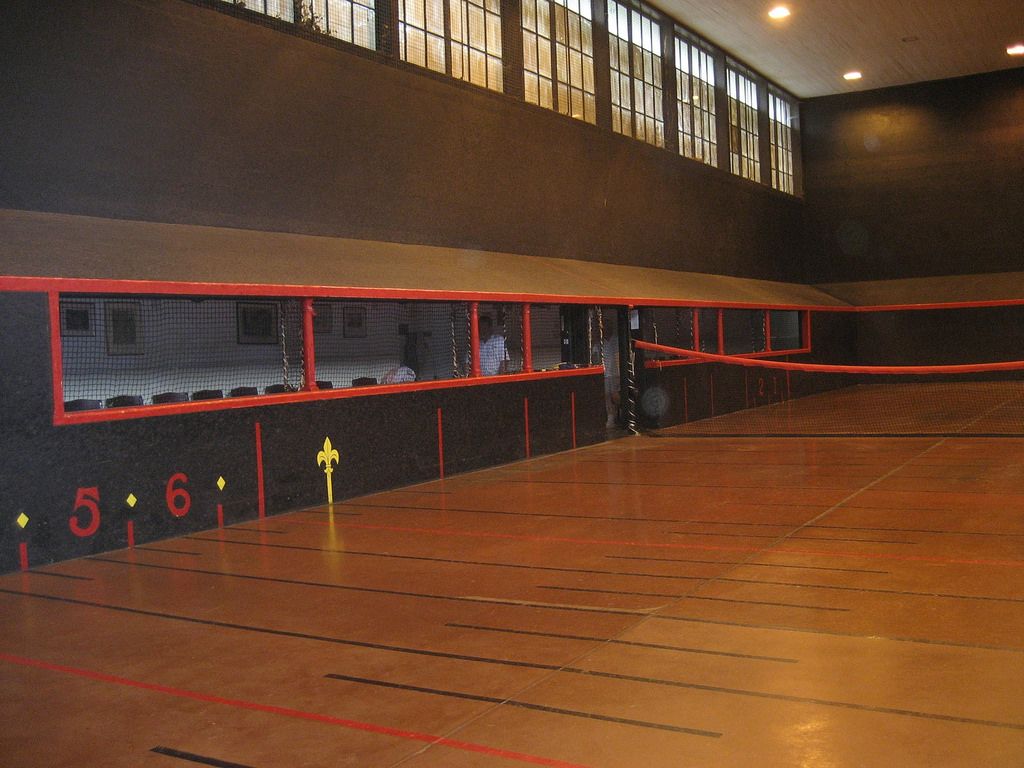
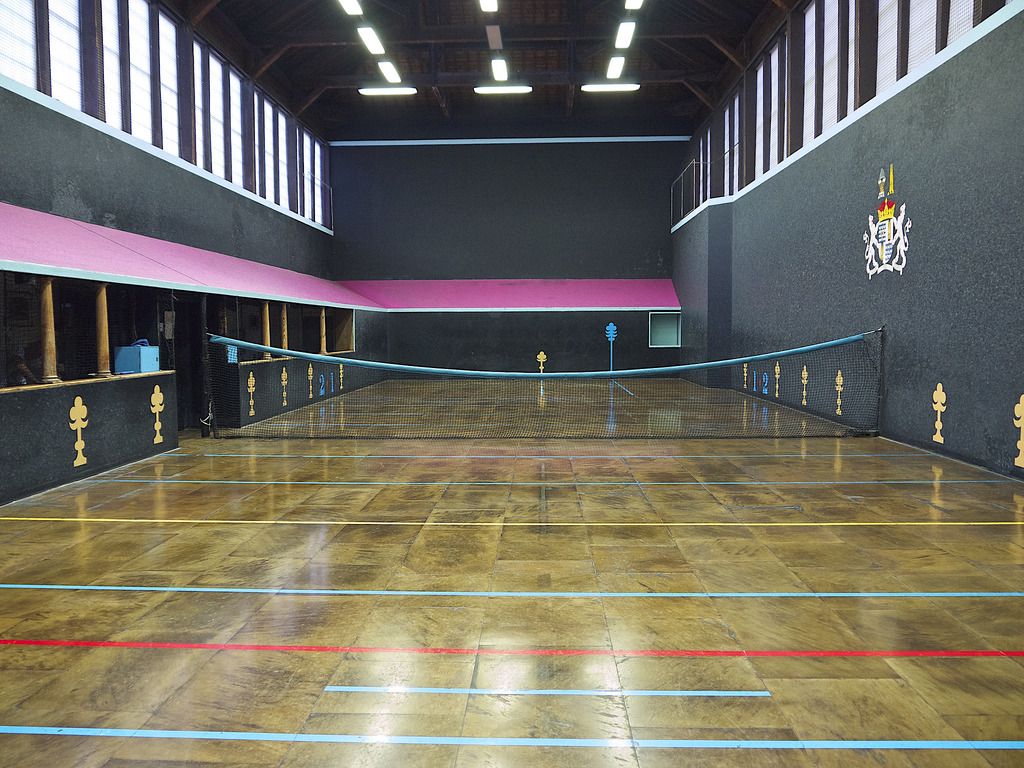
19th Century
Over 125 courts built throughout the country, with many still standing and in operation:
Hatfield House (1842), Leamington (1846), Cambridge (1866 and 1890), Petworth House (1872), Canford (1879), Manchester (1880), Bridport (1885), Queen’s (1887), Holyport (1889) and Jesmond Dene (1894). In 1856, the Prince’s Club opened in Hans Place, Knightsbridge, with five Rackets courts and added a Tennis court in 1860; this venture failed but was replaced by a new club with two Tennis courts in 1889. On the closure of the James Street court in 1866, the headquarters of Tennis shifted to Lord’s before moving to the new Prince’s Club.
20th Century
The court building programme from the late 19th Century continued, with new or replacement courts at Lord’s (1900), Newmarket (1901), Moreton Morrell (1905), Hardwick (1907), Seacourt (1911) and a few others which have not survived.
The Tennis & Rackets Association was formed in 1907 and was initially based at the Prince’s Club, Knightsbridge. During the First World War only Prince’s, Queen’s, Lord’s, Manchester and Brighton remained open. It was very difficult to recover from the War and, with Spanish Flu and the Great Depression, further courts were lost between the wars although the Lambay Island court in Ireland was opened in 1922. During the Second World War, only Lord’s and Manchester remained open whilst the Prince’s Club and Brighton, amongst others, were lost. The T&RA moved to Queen’s and, after the war, the slow process of recovery began. All the current courts were re-opened and, in 1990, a golden decade began with the opening of The Oratory court, followed by the Harbour Club, Bristol, Prested Hall (2 courts) and Middlesex, and the restoration of the court at The Hyde.
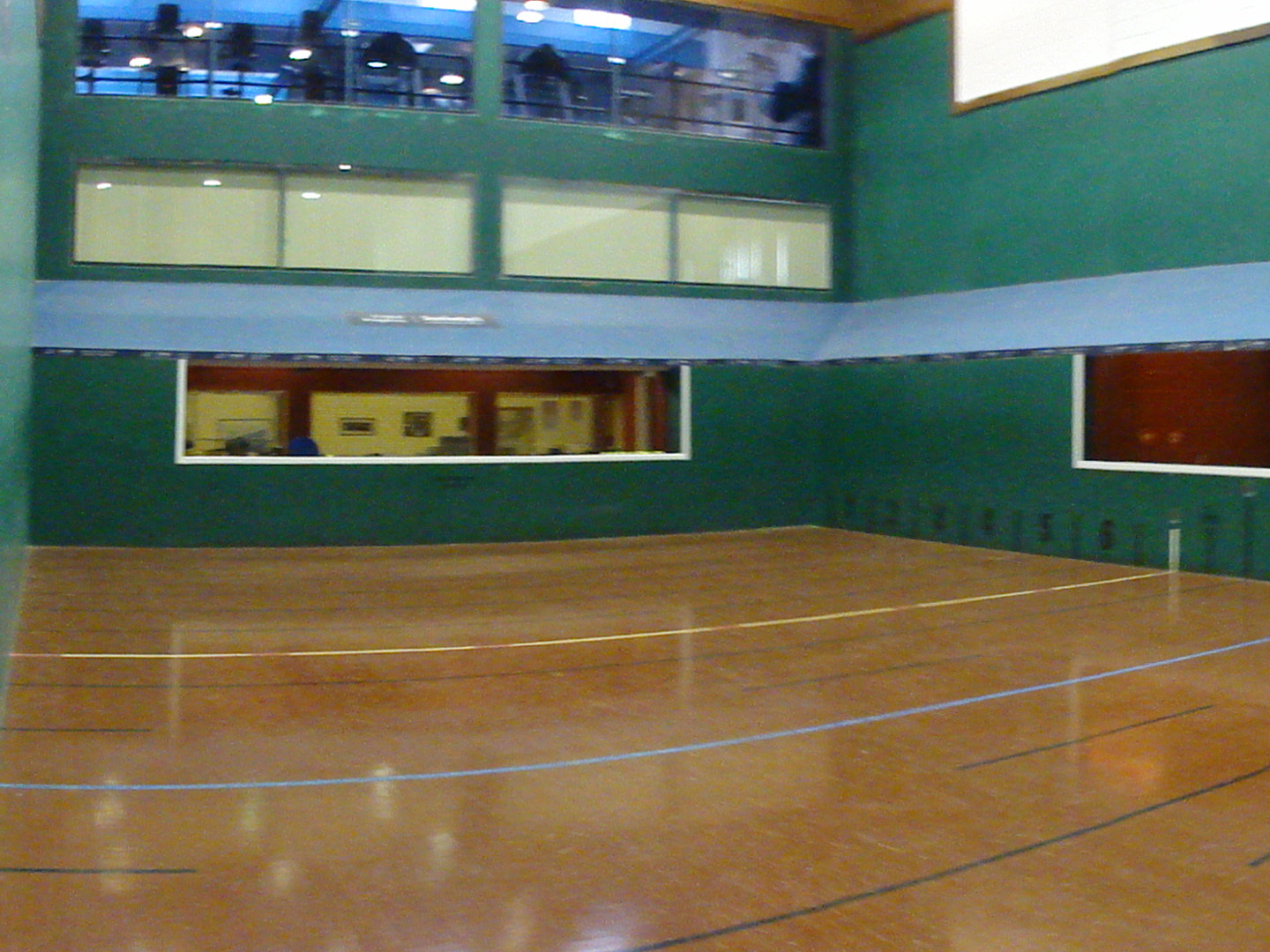
21st Century
Two new courts built to date, both at independent schools – Radley and Wellington.

David Best/RAD, October 2019